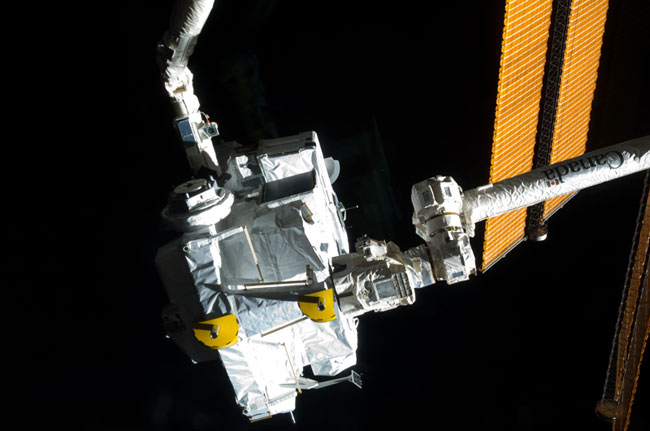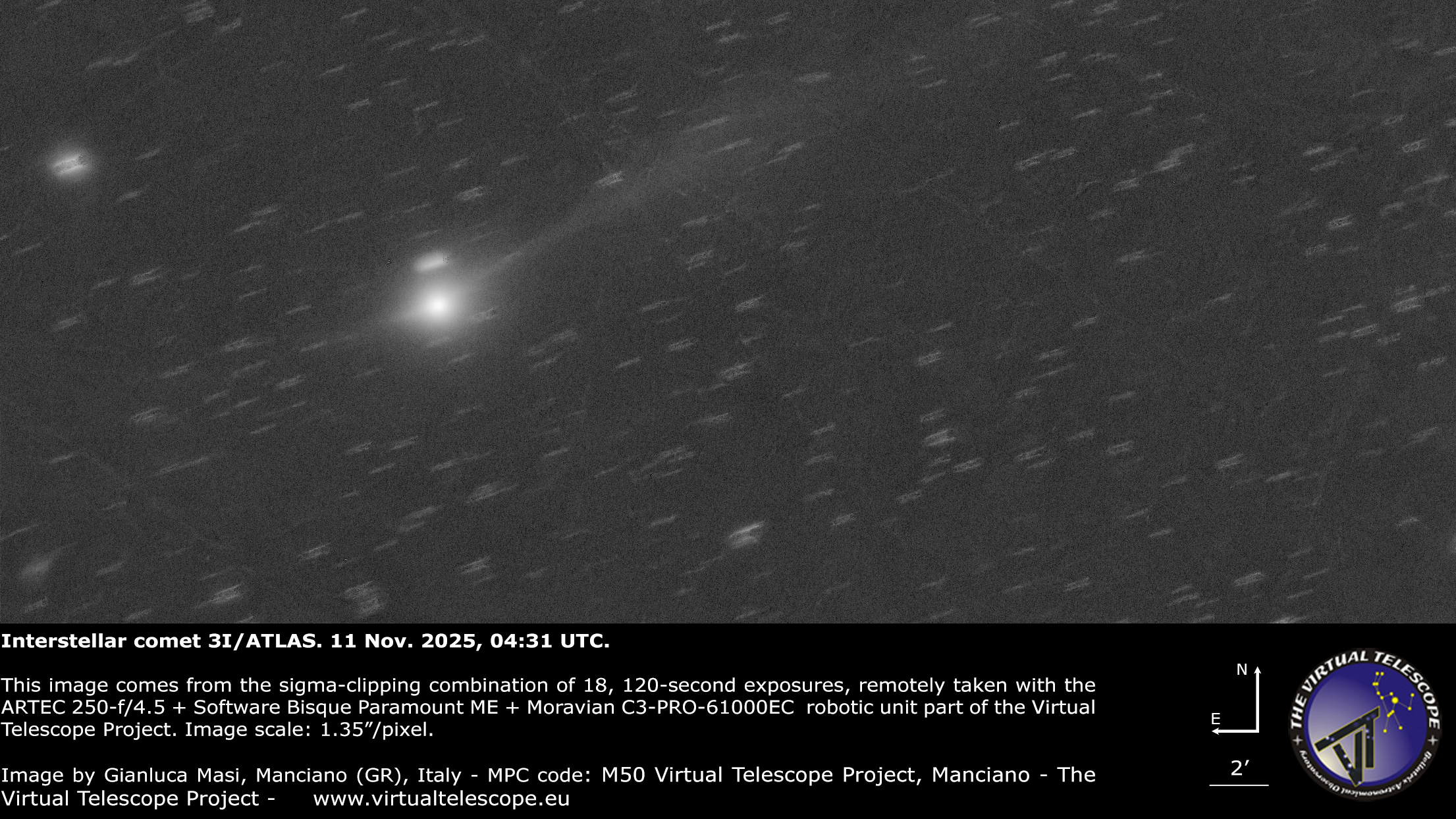NASA Revives Air-Scrubbing System on Space Station

NASAengineers have revived a vital air-scrubbing system on the International SpaceStation and are hunting for the source of the glitch that sent it offline.
The American-builtair scrubber, called a Carbon Dioxide Removal Assembly (CDRA), shut downSaturday, sending engineers on Earth scrambling for a fix while a record 13people work aboardthe space station.
Theyultimately revived the life support gear in a manual mode, one that requiresextra flight controllers on Earth to keep it working. Normally, the system runsautomatically and NASA is hopeful that a software patch expected late Sundaywill recover that ability as well.
A heater inthe system got stuck onand tripped a circuit breaker, shutting the system down, mission managers said.
?We?restill trying to determine exactly what the root cause of the problem was,? spacestation flight director Brian Smith told reporters in a Sunday briefing. ?Butin the meantime, we?re doing a great job managing the [carbon dioxide].?
Twoair-scrubbing systems, NASA?s CDRA device and its Russian counterpart Vozdukh, areboth required to work properly to support the space station?s fullsix-man crew, as well as the additional seven astronauts who arevisiting from NASA?s shuttle Endeavour.
Smith saidthat at no point did mission managers plan to cut Endeavour?s stay short at thespace station if the CDRA system wasn?t restored. The station has a stockpileof extra air-scrubbing canisters that could have supported the large joint crewfor the rest of their docked mission, he added.
Breaking space news, the latest updates on rocket launches, skywatching events and more!
The spacestation doubled its crew size from three to six people in late May, and then temporarilyjumped to 13 when Endeavour arrived. With each population boost, the amount oftime engineers have to respond to life support system glitches like the air-scrubbersystem?s goes down, Smith said.
?So thisproblem got immediate attention,? he added.
Endeavouris due to leave the space station Tuesday and return to Earth July 31 to completea 16-day mission that delivered a new crewmember and Japanese experiment porch forthe station?s $1billion Kibo laboratory.
On Sunday,astronauts used robotic arms on the station and Endeavour to pack up a Japanesecargo carrier that was used earlier in their mission to deliver the firstexperiments to the orbiting lab?s newKibo porch. The crew is also preparing for the spaceflight?s fifth andfinal planned spacewalk, which is set for Monday.
- Video - Population Boom on the Space Station
- Video - The Kibo Lab: Japan's Hope in Space - Part 1, Part 2
- SPACE.com Video Show - The ISS: Foothold on Forever
SPACE.comis providing continuous coverage of STS-127 with reporter Clara Moskowitz andsenior editor Tariq Malik in New York. Click here for missionupdates and SPACE.com's live NASA TV video feed.

Tariq is the award-winning Editor-in-Chief of Space.com and joined the team in 2001. He covers human spaceflight, as well as skywatching and entertainment. He became Space.com's Editor-in-Chief in 2019. Before joining Space.com, Tariq was a staff reporter for The Los Angeles Times covering education and city beats in La Habra, Fullerton and Huntington Beach. He's a recipient of the 2022 Harry Kolcum Award for excellence in space reporting and the 2025 Space Pioneer Award from the National Space Society. He is an Eagle Scout and Space Camp alum with journalism degrees from the USC and NYU. You can find Tariq at Space.com and as the co-host to the This Week In Space podcast on the TWiT network. To see his latest project, you can follow Tariq on Twitter @tariqjmalik.
